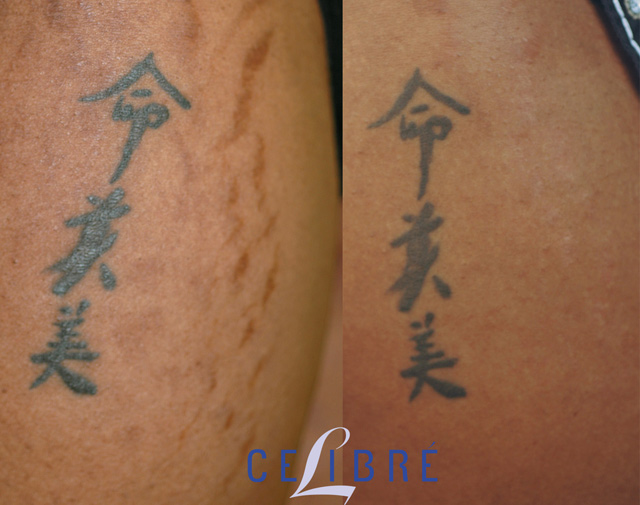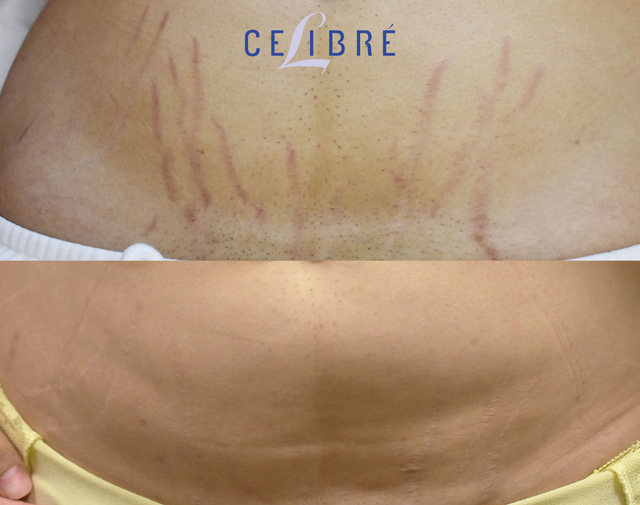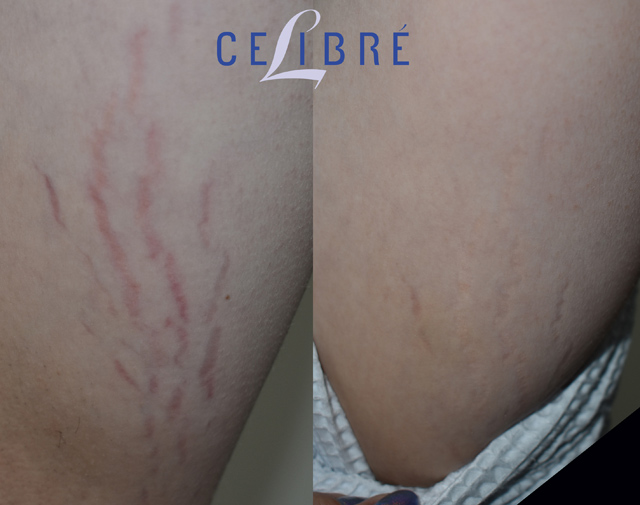23211 Hawthorne Blvd. Suite 200 Torrance, CA 90505
© 2025 Celibre Medical Corporation. All Rights Reserved. * Results May Vary From Person To Person.
Whether it’s the birth of a beautiful newborn or a recent unexpected weight gain, stretch marks are often the result. They can be textured (indented) or red, brown, or white. Lasers are a good option for the improvement of stretch marks, but it’s important to keep in mind that stretch marks are a type of scarring and are difficult to remove completely. Realistic expectations for improvement are an important part of treatment success.

















23211 Hawthorne Blvd. Suite 200 Torrance, CA 90505
© 2025 Celibre Medical Corporation. All Rights Reserved. * Results May Vary From Person To Person.